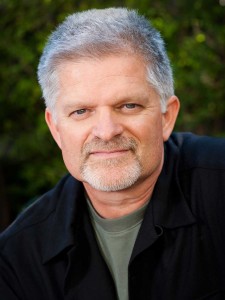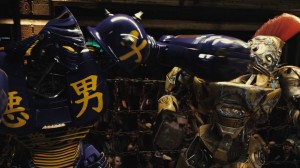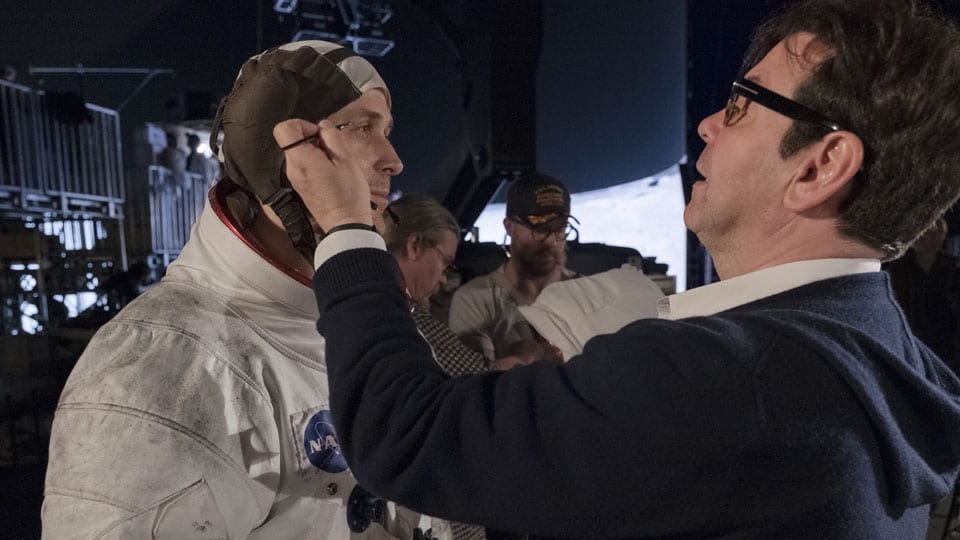
In Oscar’s “final five” in the visual effects category, Erik Nash finds himself nominated as the VFX supervisor for the robotic fisticuffs opus, Real Steel, along with very busy animatronic supevisor John Rosengrant, animation supervisor Dan Taylor, and digital effects supervisor Swen Gillberg.
But he also finds himself up against another Digital Domain-based VFX supe, also nominated for the movements of mechanical men – Matthew Butler, who helped oversee Transformers: Dark of the Moon.
So what was it about Real Steel that caught the eye of his colleagues? “A couple of things set (the movie) apart,” said Nash, “one being the way we produced the visual effects.”
Being based at the James Cameron-hatched “Domain,” it should be no surprise that the “virtual production technology” Nash refers to was previously utilized during Avatar.
The method was a combination of motion capture, which served as previs, and was then “laid out in videogame resolution.” In this case, the motion capture involved all the live boxing choreography, shot by director Shawn Levy, who even had his editor, Dean Zimmerman, cut the scenes, “all before we went to Detroit” (where the film is set).
Thus, when the production was in Michigan, shooting in the actual gyms and rings, “all the fight choreography was stored in the computer.” This allowed the camera to track the eventual finished moves, in what normally would have simply been the “capturing plates” stage for later postproduction use. Camera operator David Emmerichs was in the ring “all by himself” shooting the already-mapped-out fight sequences. And the director could combine the live footage being captured with the already-rendered robots seen “through the camera as he shot,” giving him an almost-complete sense of the finished scene.

Levy was so convinced of how well the system was working that he had wanted to move on after one take, but Nash would “have to convince him to shoot a second take for protection.”
Because of this efficient pipeline, the effects-heavy picture was shot in 71 days – with no 2nd unit, the result of a workflow that Nash calls a “game-changer.”
But that may not be the only thing that caught the Academy’s eye. Nash also mentions the robot fighter Atom, a sort of down-at-heels metallic version of Rocky circa the third or fourth movie. The rendered character had to be sympathetic without facial expressions.
Nash gives credit not only to Digital Domain’s animation department, but to Jason Matthews of Legacy Effects, who oversaw the puppeteering of the animatronic Atom, but also to stunt coordinator Garret Warren, and the person who was the “Andy Serkis” of this film – mo-cap performer Eddie Davenport. All helped create an “enduring and appealing robot character,” without the facial muscles of Serkis’s (undeservedly overlooked) performance in Rise of the Planent of the Apes.
Levy’s main edict about the robots was that they had to be “absolutely believable. They can’t defy physics in any way, shape or form.” So Atom’s personality had to come through within those parameters.
And so did the performances of all the steel pugilists. Nash derives a particular satisfaction when his peers ask, of the robots, “was that animatronic or CG?”
Making the two indistinguishable – making the steel real – “that was our goal.”





